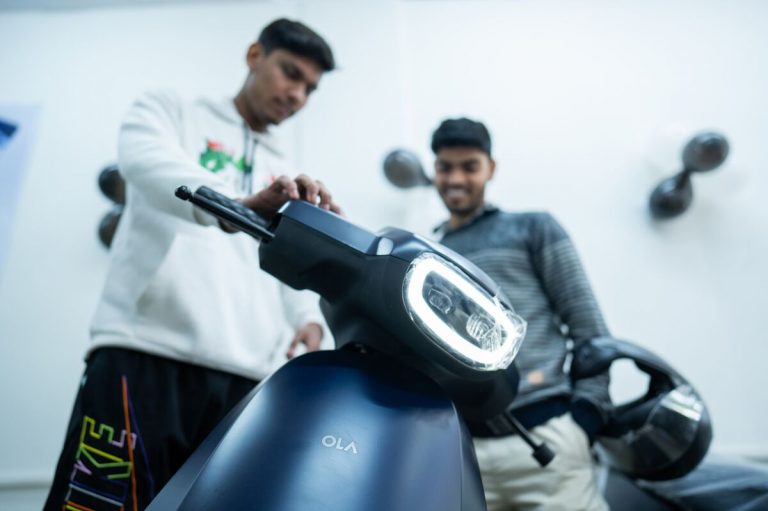After Beaumont’s early life, England had South Africa on the back foot after just two balls and looked intent on keeping them there.
For the first two sessions, the runs flowed with ease as England were gifted plentiful bad balls to dispatch, helped by the short boundaries where even a mistimed prod would race to the ropes once the ball was placed in a gap.
Beaumont was brilliantly caught by a diving Sune Luus at mid-wicket before Bouchier added a further 50 with Heather Knight, though the England captain struggled for fluency and was pinned lbw for 20 in the first over after lunch.
After that, Sciver-Brunt and Bouchier hit the accelerator and South Africa wilted in the face of their aggression, with Bouchier’s 124-ball century holding the record for England’s fastest in Tests for just 29 minutes.
Bouchier gave one chance, as Kapp missed a catch at deep square leg which went for six and brought up the opener’s fifty, but Sciver-Brunt was chanceless and from the moment she strode to the middle, the century felt inevitable.
The evening flurry of wickets dampened the day slightly, as England failed to fully assert their dominance.
Amy Jones’ drive was deflected onto the stumps by Mlaba to end Sciver-Brunt’s innings, Danni Wyatt-Hodge was caught behind off the same bowler for 12 and Dean edged onto her stumps for eight.
Jones chipped Mlaba to mid-off for a patient 39 before South Africa took the new ball, with Kapp and Ayanda Hlubi removing Ecclestone and debutant Ryana Macdonald-Gay in quick succession before Knight called her side in.



























+ There are no comments
Add yours